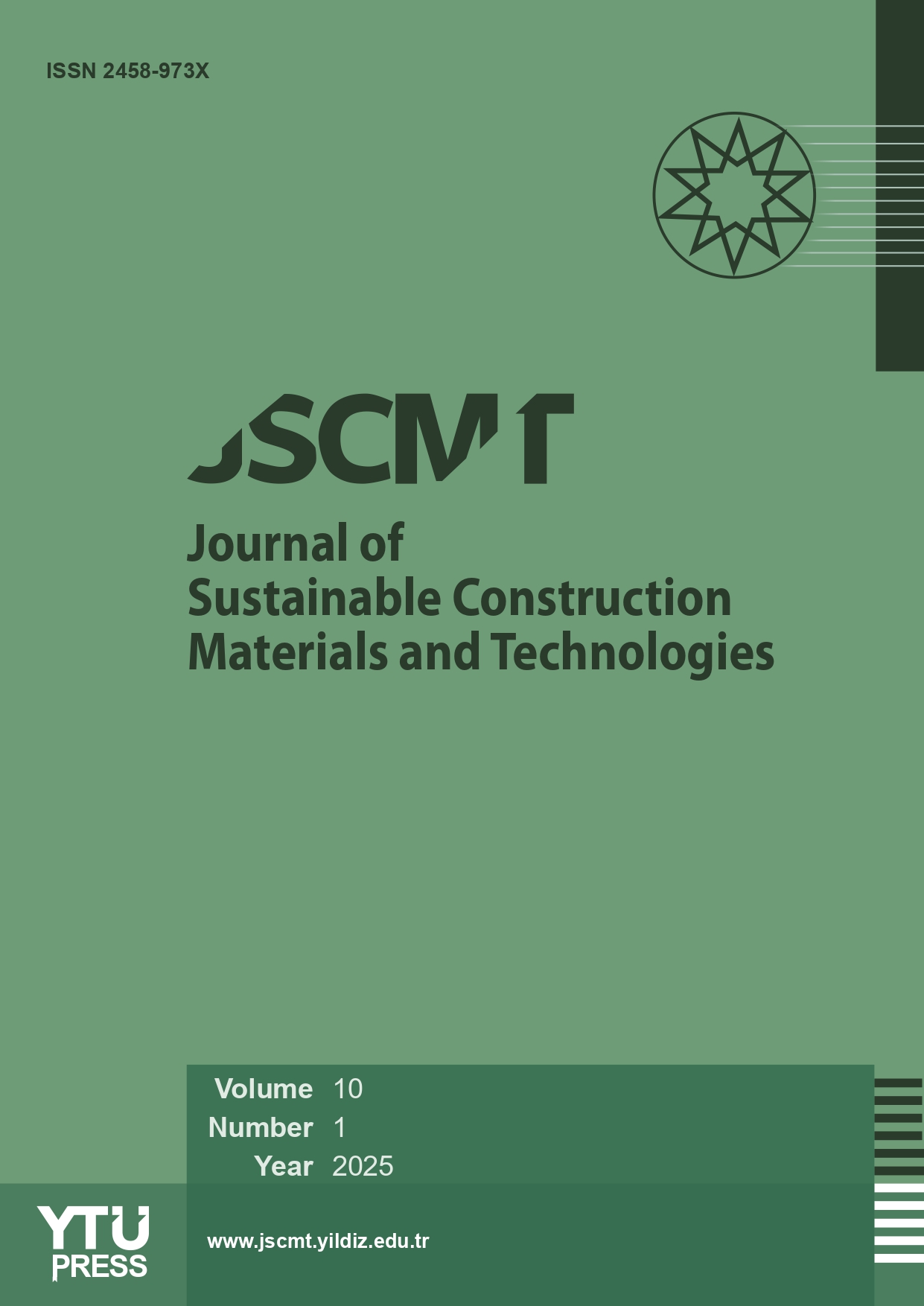Abstract
Large-diameter steel pipes are often used for transmitting and distributing water, gas, and oil products from the source to the end user. These pipelines are mainly oriented by using pipe elbows due to their high flexibility along their routes. It is important to understand the mechanical behavior of these critical infrastructure components to promote material sustainability. For this purpose, a rigorous 3D finite element model is employed to investigate the mechanical behavior of large-diameter pipe elbows with varying elbow angles such as 90°, 60°, and 30°. Moreover, geometrical and material nonlinearities capture the pipes’ ratcheting behavior even under pressurized and unpressurized scenarios. It is seen that the pipes with a larger elbow angle can endure a higher number of cycles before they reach their limit states. In addition, pipe elbows behave similarly to straight pipes as the elbow angle decreases and becomes more vulnerable to plastic deformations such as kink and buckling under bending loads.
















